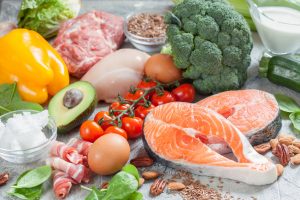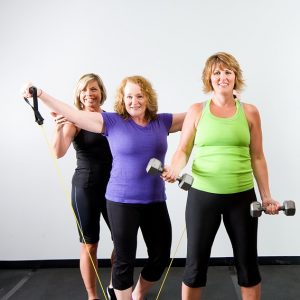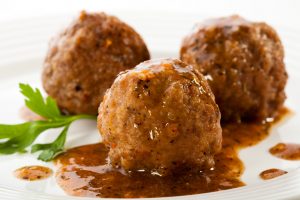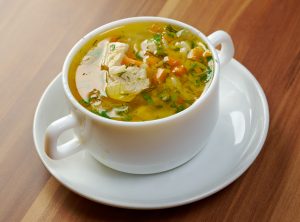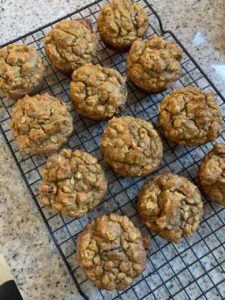When you exercise, you are challenging your muscles to perform work by lifting weights or moving your own body weight. By overcoming new exercises or workloads, you create microscopic tears in the muscles. The body’s healing process repairs those tiny muscle tears and rebuilds them stronger so that the next time you perform the same strenuous activities, you are more capable and likely will not experience the same soreness.
That sore muscle feeling that comes after a workout is called Delayed Onset Muscle Soreness (DOMS) and occurs during the time the body is healing itself. DOMS often sets in about 24-48 hours after performing strenuous activity. DOMS is completely normal to experience after workout; it may be more noticeable when first starting an exercise routine, not working out for a long time, or when varying or incorporating exercises into a regimen. DOMS directly affects the muscles used during the workout period (i.e. after performing squats or lunges, the leg muscles may be sore after).
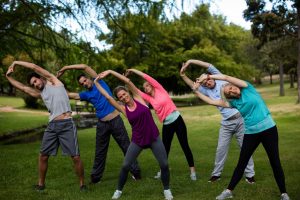
DOMS is how the body adapts to change, and while it cannot be avoided DOMS, there are things that can be done to help recovery. Although there is no scientific evidence to support speeding up the recovery of DOMS, there are basic things that muscles need to repair:
- Hydration
- Protein
- Carbohydrates
As a general rule of thumb, on a daily basis hydrating with half your body weight in ounces. Then when exercising, increasing that consumption by a glass of water or two. Depending on the intensity of your workout, this may help the recovery time. For example, if you weigh 150 lbs you should drink about 75oz of water per day (which is about 9-10 glasses). Having a 200 calorie snack after your workout that is a mixture of protein and carbs is also ideal for recovery from DOMS. There is no escaping DOMS, so embrace the sore feeling and think of it as a marker that you have put in the work to see changes in yourself.
– Corynne Duprey, MS, CSCS

